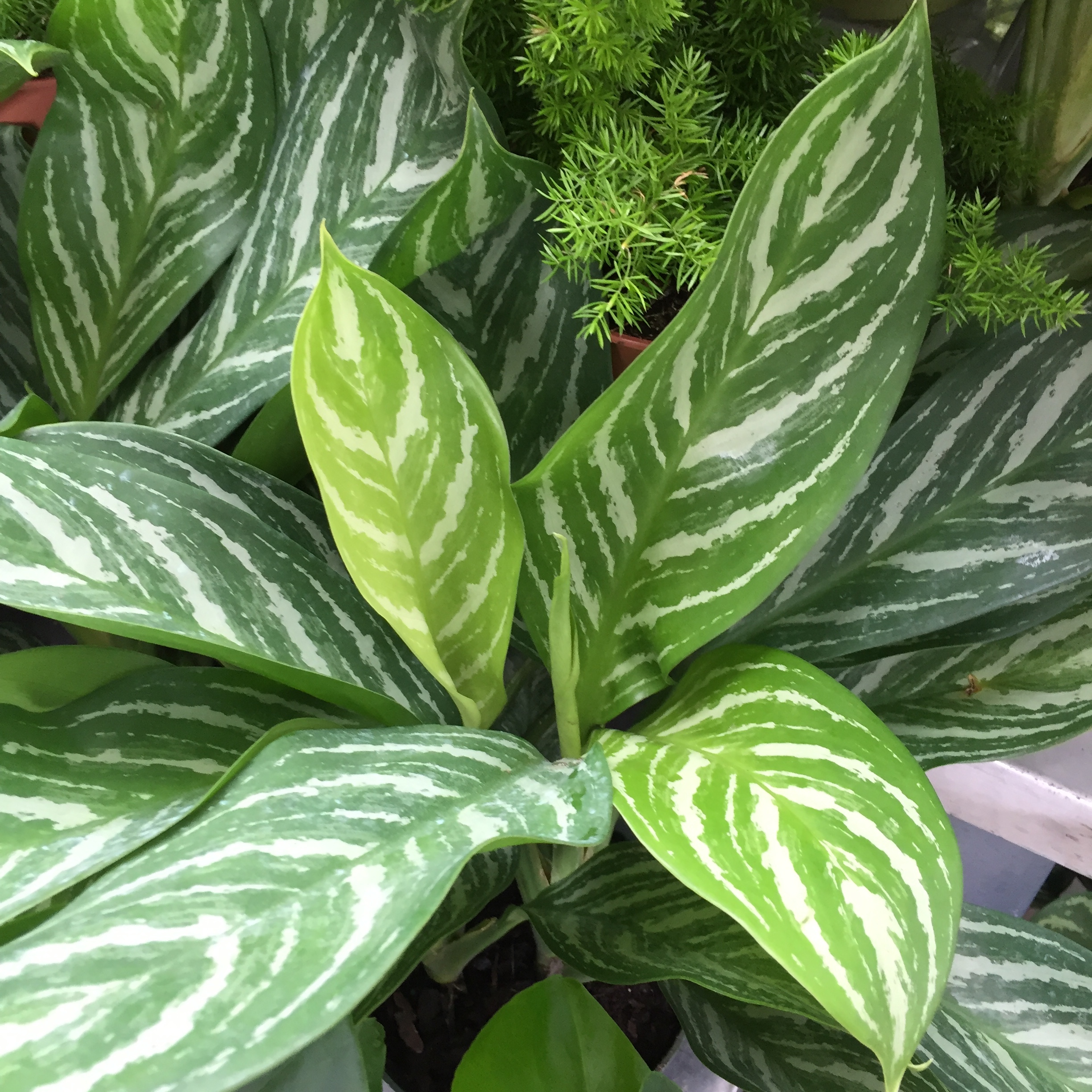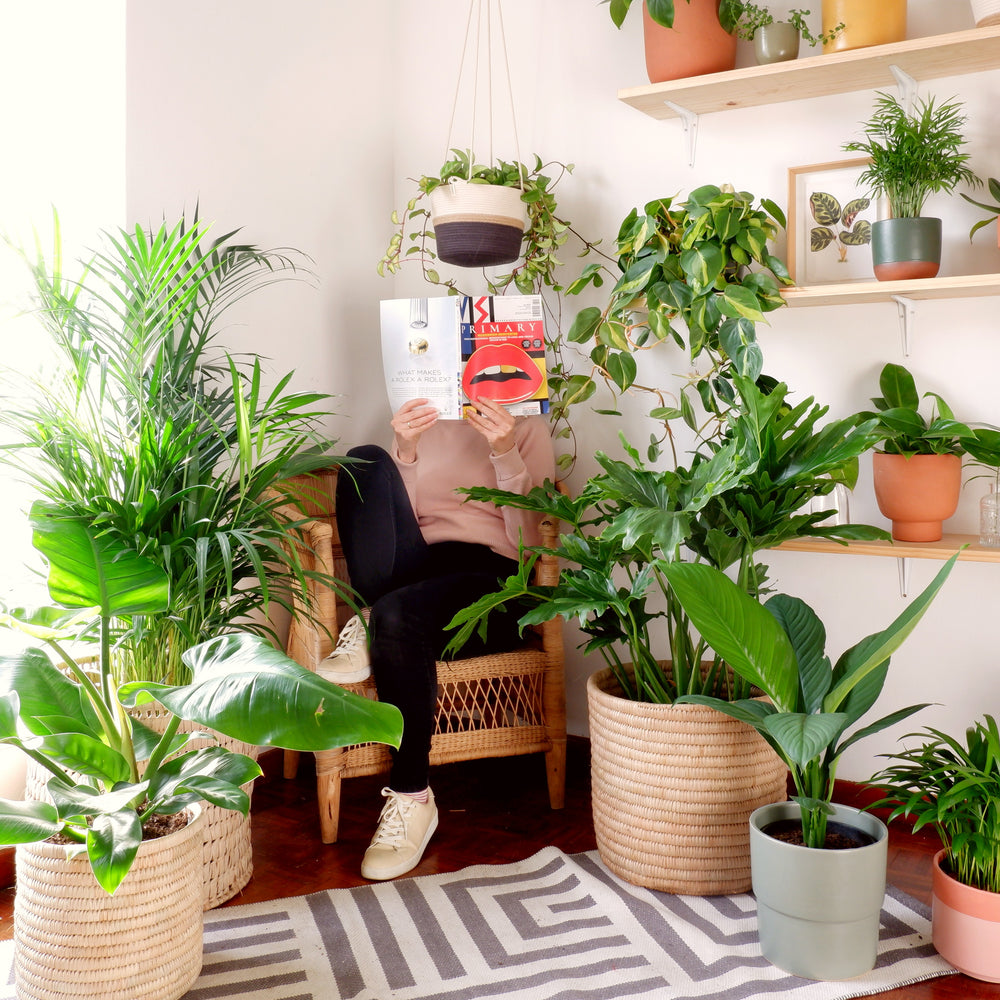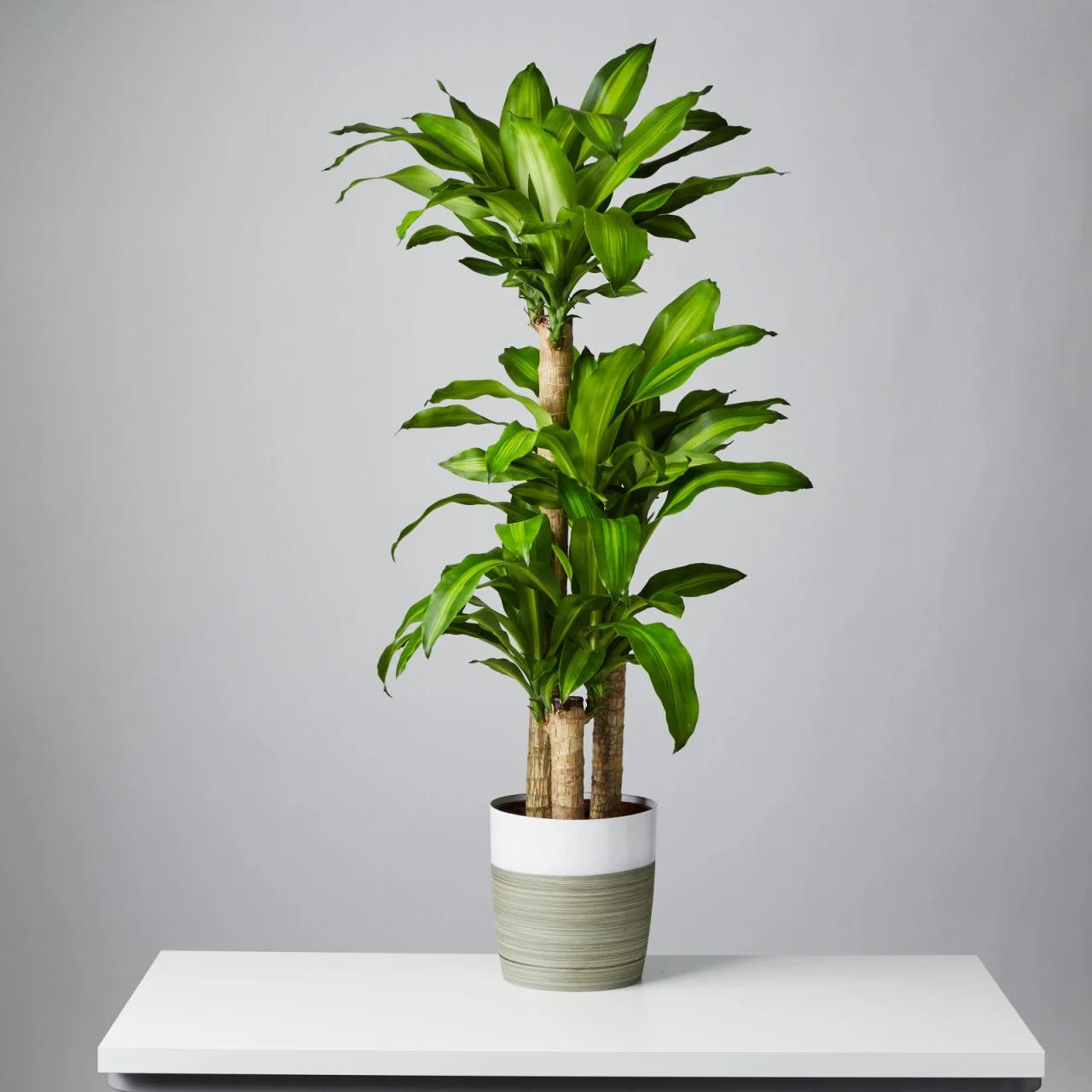Uncover the Secrets of Low-Light Indoor Plants and How They Boost Your Environment
Low-light indoor plants have amassed enhancing attention for their one-of-a-kind ability to enhance both visual appeal and environmental high quality within workplaces and homes. These resilient species, including the Snake Plant and Tranquility Lily, not only prosper in challenging lights problems yet also play a crucial role in air purification and emotional health. Comprehending the certain benefits and treatment demands of these plants can considerably affect your space. As we explore the complexities of their benefits, you might uncover understandings that might transform your surroundings in unanticipated ways.
Benefits of Low-Light Indoor Plants
Although many individuals presume that indoor plants call for bountiful sunshine to thrive, low-light indoor plants use a multitude of advantages that make them excellent for various environments. Among the key advantages is their versatility; they can grow in areas with minimal all-natural light, such as offices, cellars, or areas with little home windows. This function permits people to boost their surroundings with plant, adding to boosted aesthetic appeals without the need for substantial lighting adjustments.
Moreover, low-light interior plants can considerably improve indoor air top quality by releasing and filtering damaging toxic substances oxygen, making living rooms healthier. Study has actually revealed that specific ranges can take in toxins, hence promoting a cleaner atmosphere. Furthermore, they can enhance psychological well-being by decreasing anxiety and enhancing efficiency. The presence of plants has actually been linked to higher feelings of harmony and emphasis.
Furthermore, low-light plants commonly call for much less maintenance than their sun-loving counterparts, making them excellent for hectic people or those brand-new to gardening. Their strength enables them to prosper with marginal intervention, thus supplying a satisfying experience for plant lovers and amateurs alike. In recap, low-light interior plants serve both useful and visual objectives, making them beneficial additions to any kind of space.
Leading Low-Light Plant Varieties
Low-light indoor plants come in a variety of types, each offering one-of-a-kind attributes and benefits matched for dim environments. Amongst the most popular ranges is the Snake Plant (Sansevieria), known for its architectural leaves and air-purifying abilities. This resilient plant thrives on overlook and can tolerate a vast array of light conditions.
Another exceptional option is the ZZ Plant (Zamioculcas zamiifolia), which features glossy, dark environment-friendly leaves and is very drought-tolerant. Its adaptability makes it a favored for workplaces and homes with restricted sunlight.
The Pothos (Epipremnum aureum) is additionally a leading competitor, with its routing vines and heart-shaped leaves - Best low-light indoor plants. This versatile plant can be trained to climb or cascade, adding aesthetic interest to any area

Care Tips for Low-Light Plants
Looking after low-light indoor plants needs useful content a nuanced understanding of their particular needs to ensure ideal development and vitality. It is important to pick the ideal potting mix, as a well-draining soil is essential to prevent origin rot. A blend designed for houseplants, commonly consisting of peat moss and perlite, functions well for a lot of low-light varieties.
Watering is another key aspect of care. Low-light plants typically require less constant watering contrasted to their sun-loving counterparts. It is suggested to check the top inch of dirt; if it really feels dry, it's time to water. Overwatering can result in problems such as mold and origin degeneration.
Fertilization should be come close to with caution. During the growing period, a diluted fluid fertilizer can be used monthly, but in winter season, many low-light plants get in dormancy and require little to no fertilizing.
Finally, it is very click to read important to regularly clean up the leaves to get rid of dirt, enabling for much better light absorption. By sticking to these treatment ideas, you can cultivate a flourishing environment for your low-light indoor plants, improving both their look and longevity.
Enhancing Air Quality With Plants
Indoor plants play a considerable function in enhancing air high quality within homes and office spaces. With the process of photosynthesis, these plants soak up carbon dioxide and release oxygen, contributing to a healthier environment. Additionally, certain low-light interior plants have the ability to filter harmful pollutants, such as formaldehyde, benzene, and trichloroethylene, which are commonly found in interior atmospheres.

Furthermore, the presence of interior plants can raise moisture degrees, which helps alleviate completely dry skin and breathing issues, further improving general wellness. This capability to enhance air high quality not just promotes physical wellness but also supports psychological health.
Integrating low-light indoor plants into your living and working spaces can result in a more lively and invigorating atmosphere (Best low-light indoor plants). Spending in these natural air cleansers is an easy yet reliable approach for enhancing interior air high quality and cultivating a healthier way of life
Developing a Peaceful Indoor Space
The assimilation of plants into living areas not just enhances air quality however likewise adds to a peaceful ambience. Low-light indoor plants, such as snake plants and pothos, are especially reliable in creating a calm environment, as they flourish in problems that may otherwise be unwelcoming for various other greenery. Their lush vegetation gives a relaxing visual, lowering stress and promoting relaxation.
Incorporating these plants right into your office or home can stimulate a sense of peace and wellness. Purposefully putting them in areas where you invest substantial time, such as living work areas or areas, enables an immersive experience with nature, which has been revealed to enhance state of mind and cognitive feature.
Moreover, the gentle motion of fallen leaves in action to airflow can produce a vibrant visual aspect that enhances the general setting. Think about using a variety of plant elevations and look at this web-site appearances to add depth and passion to your space. With thoughtful placement and care, low-light interior plants can transform any type of area right into a calm sanctuary, cultivating not only visual complete satisfaction however psychological and likewise psychological wellness.

Final Thought
Incorporating low-light interior plants into numerous settings yields considerable advantages, consisting of boosted air top quality and boosted aesthetic charm. The transformative power of low-light plants highlights their value in boosting both work and property setups.
Although several individuals think that indoor plants need plentiful sunlight to thrive, low-light interior plants provide a plethora of advantages that make them optimal for different settings.Furthermore, low-light interior plants can considerably enhance interior air quality by filtering damaging contaminants and launching oxygen, making living rooms healthier. Furthermore, certain low-light interior plants possess the ability to filter unsafe pollutants, such as benzene, trichloroethylene, and formaldehyde, which are frequently found in interior settings.
Low-light indoor plants, such as snake plants and pothos, are especially effective in creating a serene environment, as they thrive in conditions that might otherwise be inhospitable for various other greenery.Integrating low-light indoor plants into various settings returns substantial advantages, including enhanced air top quality and boosted visual allure.